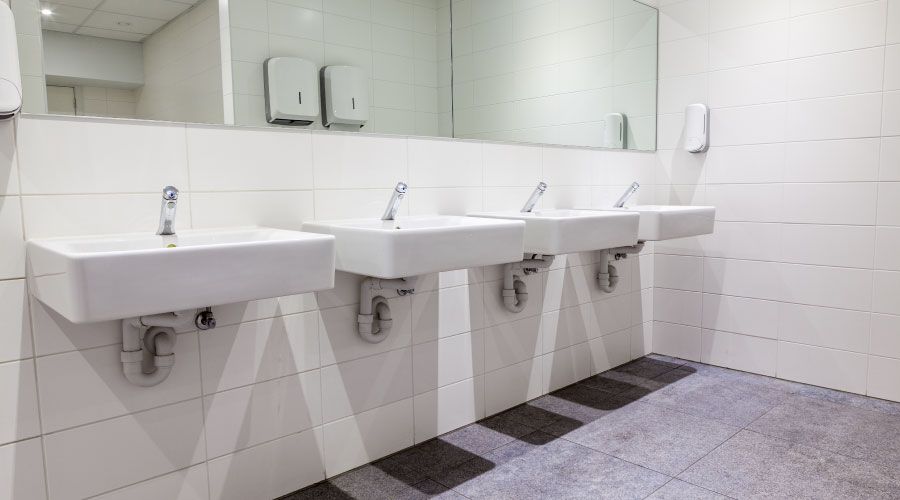Modifying Faucet Aerators and Checking for Leaks to Save Water
Many maintenance and engineering managers are faced with the balancing act of reducing water use and meeting occupant needs and preferences for consumption. Managers might be motivated to reduce their facilities’ water use for several reasons, such as minimizing water and sewage costs, a sense of environmental responsibility, and pursuing an accredited certification, such as Leadership in Energy and Environmental Design (LEED).
After checking for water leaks and modifying faucet aerators, very few no-cost or low-cost options for water savings typically exist. Pursuing more significant changes affecting the appearance and operations of a building might lead to complaints or uneasy feelings from occupants.
What can a manager do? One viable option managers in commercial and institutional facilities have implemented over the past few years involves waterless urinals. These urinals greatly reduce a building’s water and sewage requirements. Compared to 1.0 gallons per flush (GPF) urinals, these fixtures use no water.
Before specifying waterless urinals, managers must get answers to questions surrounding these products related to installation, performance, maintenance, and code implications of retrofits.
Related Topics:
















